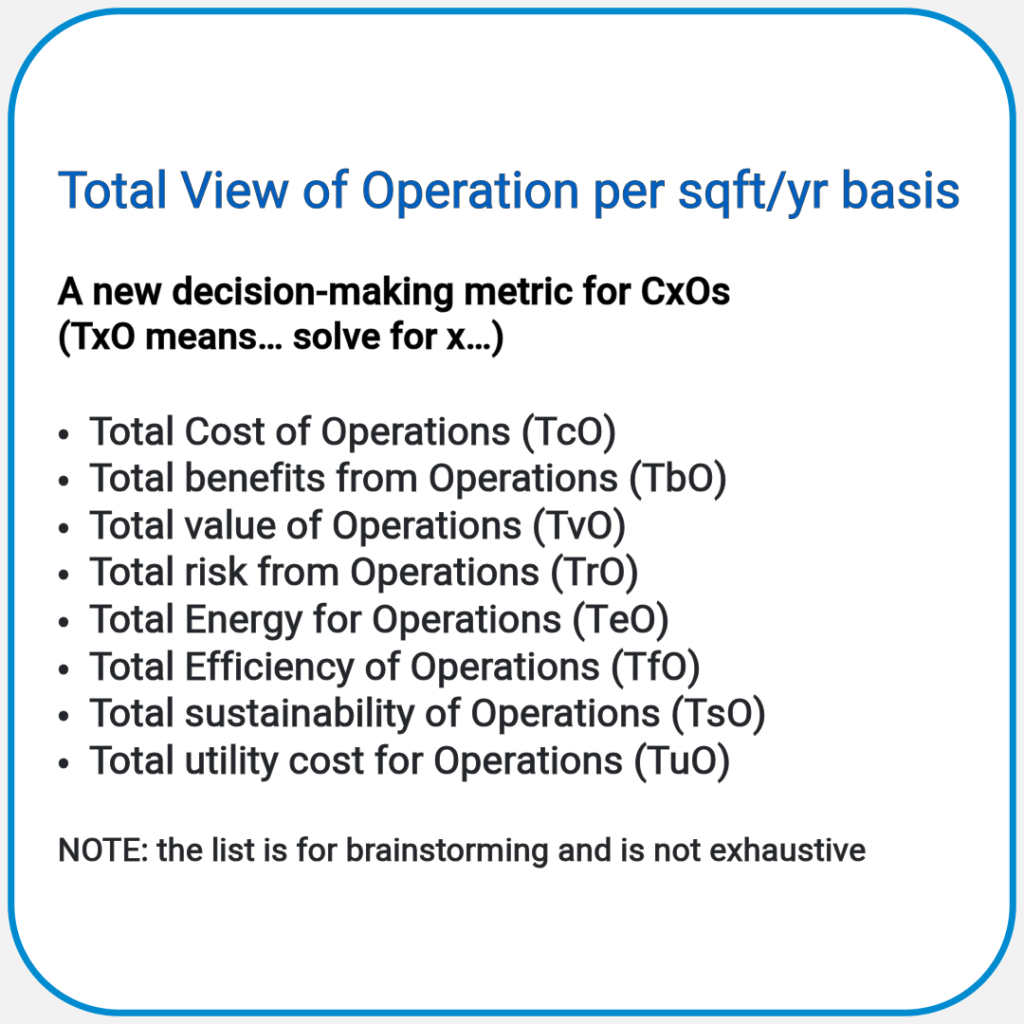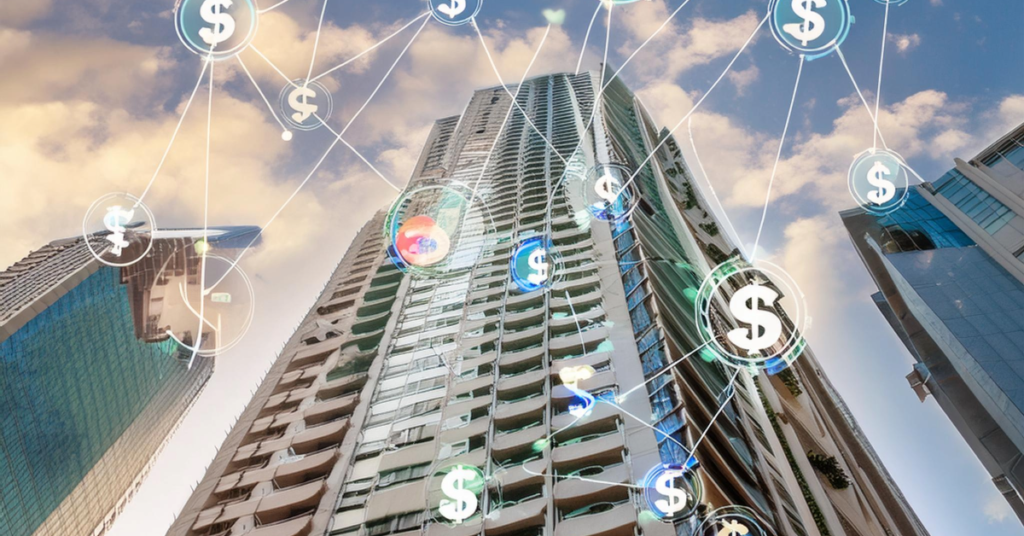Financial drivers are crucial in evaluating the success and direction of smarter building projects. This Monday Live! The session explores the various financial drivers, including cost savings, revenue generation, and risk mitigation.
Cost Savings:
- Energy Efficiency: Smart buildings optimize energy use through intelligent lighting, HVAC systems, and occupancy sensors, leading to significant reductions in utility bills.
- Predictive Maintenance: Sensors and data analytics anticipate equipment failures, allowing for proactive maintenance, minimizing downtime, and extending asset lifespans.
- Operational Efficiency: Automation streamlines building management tasks, reducing labor costs and improving resource allocation.
Revenue Generation:
- Space Optimization: Smart buildings analyze occupancy patterns and adjust spaces accordingly, maximizing utilization and potentially enabling higher rental rates or increased tenant satisfaction.
- Energy Flexibility: Buildings can participate in demand response programs, adjusting energy consumption to support grid stability and earn financial incentives.
- Premium Services: Smart features like personalized climate control, advanced security systems, and data-driven insights can attract tenants willing to pay a premium for enhanced experiences.
Risk Mitigation:
- Asset Resilience: Smart buildings can detect and respond to potential threats like fires, floods, or security breaches, protecting assets and minimizing losses.
- Regulatory Compliance: Building automation helps ensure adherence to energy codes and environmental regulations, avoiding fines and penalties.
- Improved Valuation: Smart buildings are often perceived as more valuable due to their efficiency, sustainability, and future-proofing, attracting higher sale prices or investment.
Other Financial Benefits:
- Tax Incentives: Governments often offer tax breaks or grants for energy-efficient buildings, incentivizing smart technology adoption.
- Financing Options: Specialized financing solutions like green bonds or energy performance contracts can make smart building projects more affordable and accessible.
- Reputational Gains: Investing in smart buildings demonstrates a commitment to sustainability and innovation, enhancing brand image and attracting environmentally conscious tenants and investors.
This session introduced the concept of TXO (Total Cost and Other things of Operations), a framework designed to help decision-makers evaluate smart buildings’ financial and operational aspects.

Key Components of TXO Framework:
- Financial Metrics: The core of the TXO framework, encompassing various quantifiable aspects of building operations.
- Total Cost of Operations (TCO): The traditional metric for evaluating the overall cost of owning and operating a building.
- Total Risk of Operations (TRO): A new metric encompassing all risks associated with building operations, including cybersecurity, safety, and equipment failure.
- Total Utility Costs (TUC): A breakdown of the various utility expenses (electricity, gas, water, etc.) incurred in running the building.
- Total Energy Efficiency (TEE): A metric measuring the building’s overall energy performance and potential for improvement.
- Total Sustainability (TS): A holistic metric assessing the building’s environmental impact across various dimensions, such as carbon emissions and waste reduction.
- Total [Other Metric]: The framework is flexible, allowing for the inclusion of other relevant metrics tailored to specific goals and priorities.
How it Works
- Identify Goals: Determine which financial and operational aspects of the building are most important to track and optimize.
- Select Metrics: Choose the relevant TXO metrics that align with those goals.
- Collect Data: To populate the metrics, gather data from various building systems, financial records, and other sources.
- Analyze and Evaluate: Use data analytics tools to analyze the collected data, identify trends, and evaluate performance against benchmarks.
- Implement Improvements: Based on the analysis, develop and implement strategies to reduce costs, mitigate risks, improve sustainability, and enhance overall efficiency.
Other Key Takeaways from this session:
- Smart Grid-Interactive Buildings: The concept of smart grid-interactive buildings was discussed, highlighting the potential of buildings as batteries and the impact of renewable energy on the grid.
- Building Innovation Conference: A building innovation conference hosted by the National Institute of Building Sciences was mentioned, focusing on BIM (Building Information Modeling) and interoperability.
- Automation vs. Smart Buildings: A distinction was made between automation and smart buildings, emphasizing the importance of data in achieving true smart building capabilities.
- Data Challenges and Opportunities: The discussion delved into the challenges and opportunities related to data collection and utilization in smart buildings, highlighting the importance of accurate and accessible data for effective decision-making.
Video Clip: Kyle & Rick discuss getting data https://www.youtube.com/clip/UgkxEgcreJjSFtC3eQyLOIIDqr-it1BttrQi
Video Clip Jim Lee https://youtube.com/clip/UgkxHyp6ly_hKZtfEqlyvu0keNBdTA8nIv-B?si=FVNEU_U9cNyWZJ7B



